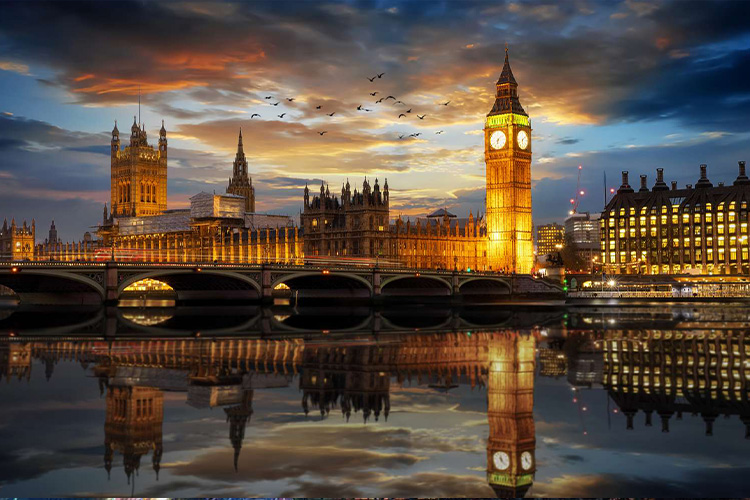

In the last year, demand for office space in the Square Mile has increased by 25%, driven by the acceleration of the tech sector
November 24, 2023 | Staff Reporter | UK | Developers

The demand for office space in the City of London is growing so rapidly that, despite the shift to hybrid or remote work, the construction of 11 new skyscrapers has been projected by 2030. In the last twelve months, the number of proposed projects has increased by 25% compared to the previous year. In September, 1,023 requests were filed, compared to 820 in 2022.
According to the Office for National Statistics, the workforce has surged from 29,000 employees in 2021-22 to 615,000 in 2022-23. With those already under construction and those awaiting approval, the famous Square Mile would see an approximate total of one million new square meters of workspace. While the area is renowned as the financial heart of the city and the country, the technology sector is now taking centrestage. For instance, Apple has leased several spaces at 22 Bishopsgate, and TikTok, having settled its headquarters in the Kaleidoscope designed by PLP Architecture near Smithfield Market, is expanding its presence in Farringdon. Beyond finance, it is the technology sector, along with the services, that has experienced the most significant growth.
Shravan Joshi, chair of the planning and transport committee of the City of London Corporation, stated, “When you look at the macroeconomic picture, it doesn't look too rosy. We have got a very young worker population in the city. Over 50% of our workers are under the age of 30. These are people who want mentoring, they want to be back in the office, they are doing shifts and apprenticeships.”
Despite the phenomenon of the great regret spurred by the Covid-19 pandemic, several financial and tech companies are reportedly pushing to bring their employees back to the office for the majority of the workweek. And, according to Joshi, there is enough space in the city to build many more towers by 2030, around Fleet Street and from the current cluster towards the east, to accommodate this crucial part of the contemporary economy.